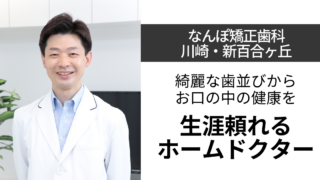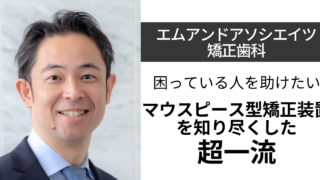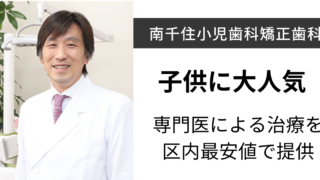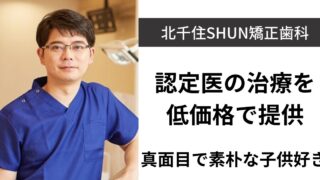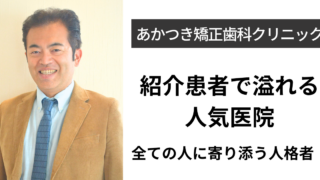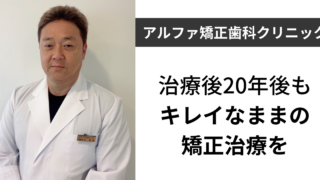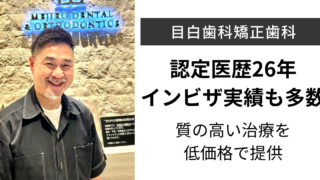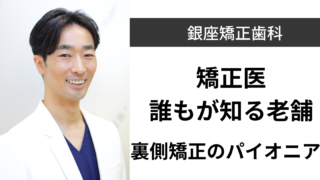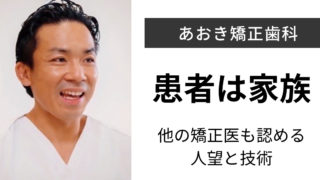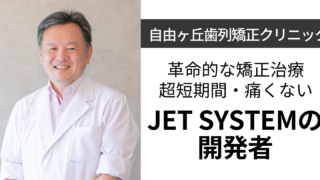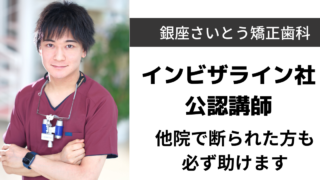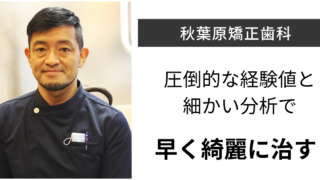![Dentist Supervisor] What is the white pudendum after tooth extraction?](https://365dentist.jp/wp-content/uploads/2022/05/375356.jpg)
Dentist Supervisor] What is the white pudendum after tooth extraction?
When a tooth is extracted due to decay or gum disease, a hole is created in the gum.
The hole is gradually closing up, though,
After the tooth is extracted, it is in the process of healing.White knobby thingsappears.
This white pudgy thing.Who is the "Mere Old Man"?
Gum healing after tooth extraction
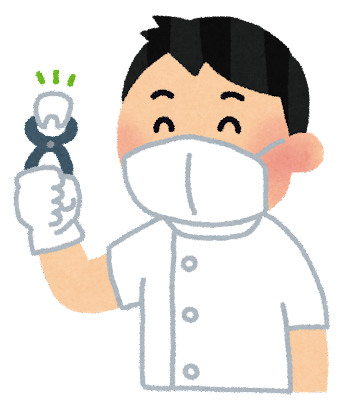
When a tooth is extracted, a hole is made in the gum.
The hole will soon be filled with blood, and the blood will soon fill the hole, causing it to clot.(blood) clotWe will create something called
A blood clot is a wound in the hand or foot.Scabies.and covers the hole in the gum and protects it from infection.
Within a week to 10 days, granulation tissue, the foundation for the future formation of bone and blood vessels, is formed in the blood clots. On the surface of the clots, epithelium (gingiva) is gradually formed.
It may take six months or more for the bone to finally replace the extracted tooth.
What is the nature of the white pnu-pnu that appears after tooth extraction?

The white pudendum that appears after tooth extraction isIt is most likely a blood clot.
Blood clots are often thought of as red,
To begin with, blood is composed of blood cells and other cellular components and,
It is composed of a liquid component called plasma,
Although the blood cell portion is red in color,
The plasma portion is white or clear.
When the plasma component is high, the clots may turn white.
These clots are not attached with adhesive, so they move when touched by the tongue or hand, even slightly.
Touching it unnecessarily can result in the removal of clots or cause bacterial infection.
In addition, excessive gargling because of concern may cause the blood clots to flow.
What if the white puny (blood clots) are removed?
If the blood clots are removed or flow away, wound healing is delayed and bacterial infection occurs.
The most likely cause is dry socket.
Dry socket, as the name implies, is a tooth extraction hole that is not filled with blood,
The absence of blood clots means that the hole is dry.
The hole is dry and the bone is in contact with air, causing pain and infection.
Blood clots also serve as hemostatic agents, and bleeding may occur when a blood clot is removed.
When it comes to dry sockets.

Once dry socket occurs, pain can last for weeks in some cases.
If you suspect dry socket, see your dentist immediately.
Support for dry sockets is as follows
It is often combined depending on the situation.
Curettage of extracted tooth
To re-fill the dry socket with blood, anesthesia is used to intentionally damage the extraction hole,
Try to fill it with blood again.
The goal is to fill the extraction hole with blood, thereby creating a blood clot once again.
To prevent the blood clots from coming off again, a hemostatic sponge made of collagen may be inserted, sutures may be placed, or a hemostatic pack may be applied.
However, it is important to note that anesthetizing the hole may instead cause loss of blood flow and aggravate the pain, and without anesthesia, the pain may be aggravated by further scratching the area that is already painful.
Stuff ointment gauze into the hole.
Gauze soaked in antibiotic or other ointment may be stuffed into the dry socket.
The gauze acts as a scab and promotes wound healing.
If ointment gauze is packed, the patient must return to the hospital a few days later to have the packed gauze removed.
As in the case of curettage, the gauze may be sutured so that it will not come off.
Place surface anesthesia and gelatin such as Sponzel in the extraction hole.
After the surface anesthesia is placed in the hole after the tooth extraction, a gelatin sponge, usually used as a hemostatic agent, is placed to cover the hole and serve as a scab.
Unlike infiltration anesthesia, surface anesthesia has no power to block blood flow and can be placed in the hole.
Gelatin sponges such as Sponzel and Zelfoam are absorbed and do not need to be removed at a later date, but may be removed if the extraction hole is shallow.
Put eugenol cement in the hole.
Zinc oxide eugenol cement is placed in the extracted hole.
Using the same theory as the ointment gauze, the eugenol cement acts as a scab.
Eugenol also has pain-eliminating properties.
Eugenol cement flows easily and may be removed if the extracted hole is shallow.
be offered medicine
If dry socket is causing almost 100% infection, antibiotics and analgesics are prescribed.
Antibiotics are basically versatile penicillins and cephems.
It is often prescribed for a few days,
If symptoms are severe, macrolides or new quinolones may be prescribed.
Painkillers are often prescribed, such as Loxonin or Voltaren, which are acid non-steroidal drugs.
Summary of white punyi
The white, puffy substance after tooth extraction is called a blood clot, which is necessary for healing.
Touching it with the tongue or applying a toothbrush too hard because of concern may remove the blood clots.
It is important not to force the blood clots to be touched, as they can become infected and painful when removed.
In the unlikely event that a blood clot is removed, it can be left in place as long as it does not cause pain,
If you experience pain, see your dentist immediately.
 Written by dentist/issy
Written by dentist/issy
After graduating from the National School of Dentistry, he trained at the Tokyo Medical and Dental University Dental Hospital, and is currently working in general and orthodontic dentistry.
Member of the Japanese Society of Oral Implantology

